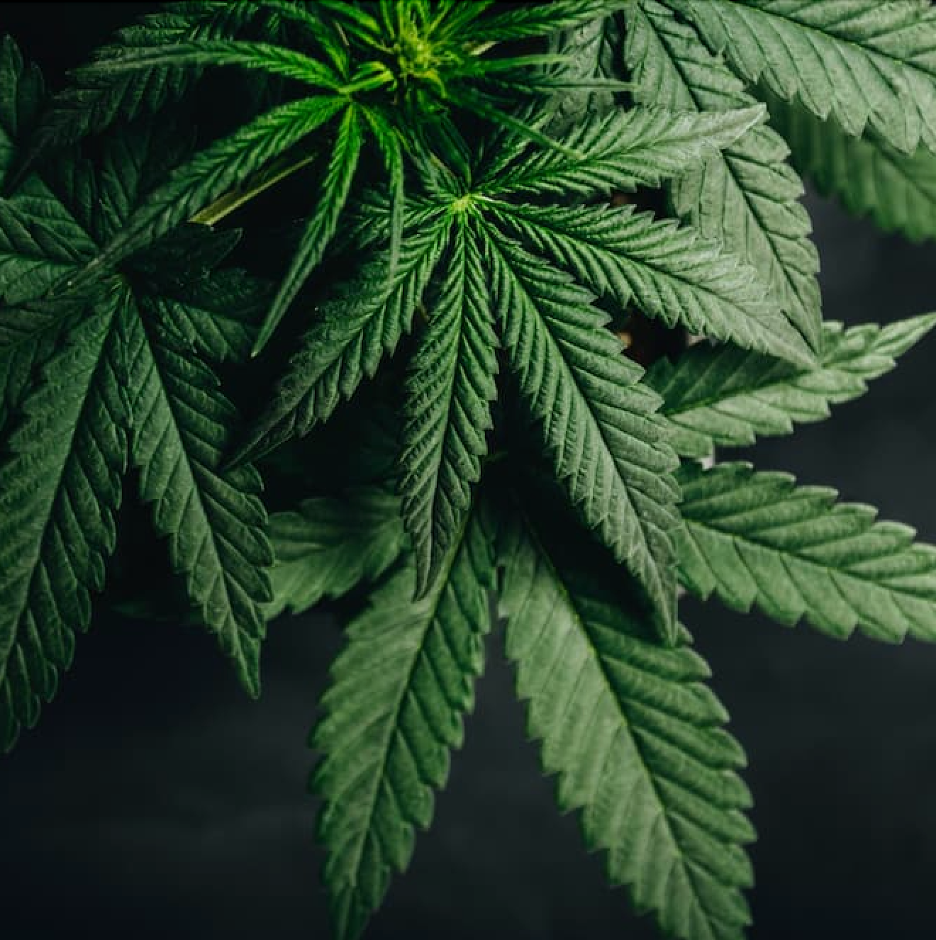Study Finds Only 23% of YouTube Videos on Cannabis for Pain Are Useful
Useful videos were those that included accurate information about cannabis, such as its definition and how it works to reduce pain, as well as its benefits, risk and side effects.
By
Lana Pine
| Published on November 20, 2024
4 min read
Credit: Adobe Stock/YARphotographer

As cannabis use for chronic pain grows alongside its legalization, many people use YouTube for information sourcing and research. Investigators therefore evaluated the accuracy and quality of popular YouTube videos on the topic.
Out of 66 videos analyzed, only approximately 23% were classified as useful, and the rest were deemed neither useful nor misleading. Videos uploaded by physicians and corporations were more likely to provide high-quality, reliable information, while independent users often shared content with lower quality scores.
Investigators believe results highlight the need for healthcare professionals to create educational content to counter potential misinformation on social media platforms.
Currently, with 20% of adults in the United States reporting chronic pain, coupled with the opioid epidemic and increased prevalence of opioid use disorders, there has been motivation to find alternative modalities to treat pain, including cannabis. Globally, medical and recreational cannabis policies have been implemented to increase the numbers of patients receiving cannabis to manage their conditions.
“As social media platforms continue to grow in popularity, healthcare misinformation is rapidly emerging as a public health concern, necessitating prompt action from healthcare providers,” wrote a team of investigators including Majesty Greer, a third-year medical student at Howard University College of Medicine. “Additionally, prior research has shown that patients do not share the knowledge they found on social media regarding their healthcare with their providers, further compounding the barriers providers face in combating healthcare misinformation. As a progressive measure, we advocate for the implementation of a verification process by online video platforms, such as YouTube, to ensure that videos determined to be clinically accurate and relevant occupy the forefront of search results, thereby mitigating the dissemination of healthcare misinformation.”
Using Google Trends, investigators identified the most popular search terms including “cannabis” and “marijuana” and used these along with “medical marijuana for pain” and “CBD for pain” to search YouTube. They analyzed the top 150 videos by view count, excluding duplicates, short videos, non-English content or videos with low views.
A useful video was one that included accurate information about cannabis, such as its definition and how it works to reduce pain, as well as its benefits, risk and side effects. Misleading videos contained inaccuracies in any of these areas, while videos without relevant content were categorized as neither.
While only 15 of the 66 videos analyzed (23%) were categorized as useful, 77% (51 videos) were neither useful nor misleading. Videos deemed useful were longer, had higher quality scores and were most often created by physicians (40%) or corporations (40%). Very few (6.7%) useful videos were made by independent users.
Videos uploaded by physicians scored better in quality and reliability, while independent users and news sources frequently produced lower-quality content. Overall, YouTube videos on cannabis for pain relief were of moderate quality, with useful videos significantly outperforming others in quality assessments.
Investigators suggested that healthcare providers use tools to evaluate the quality of health information on social media platforms in their areas of expertise. As this study only provides a snapshot in time, it does not fully capture how healthcare misinformation changes over time.
Future research should take a long-term approach to track how the quality and usefulness of information about medical cannabis on YouTube evolve.
“Given the increasing popularity of medical cannabis as well as the potential for misinformation on popular social media platforms, we recommend health organizations and medical professionals consider uploading educational videos on cannabis use for chronic pain management on social media platforms,” investigators concluded.

